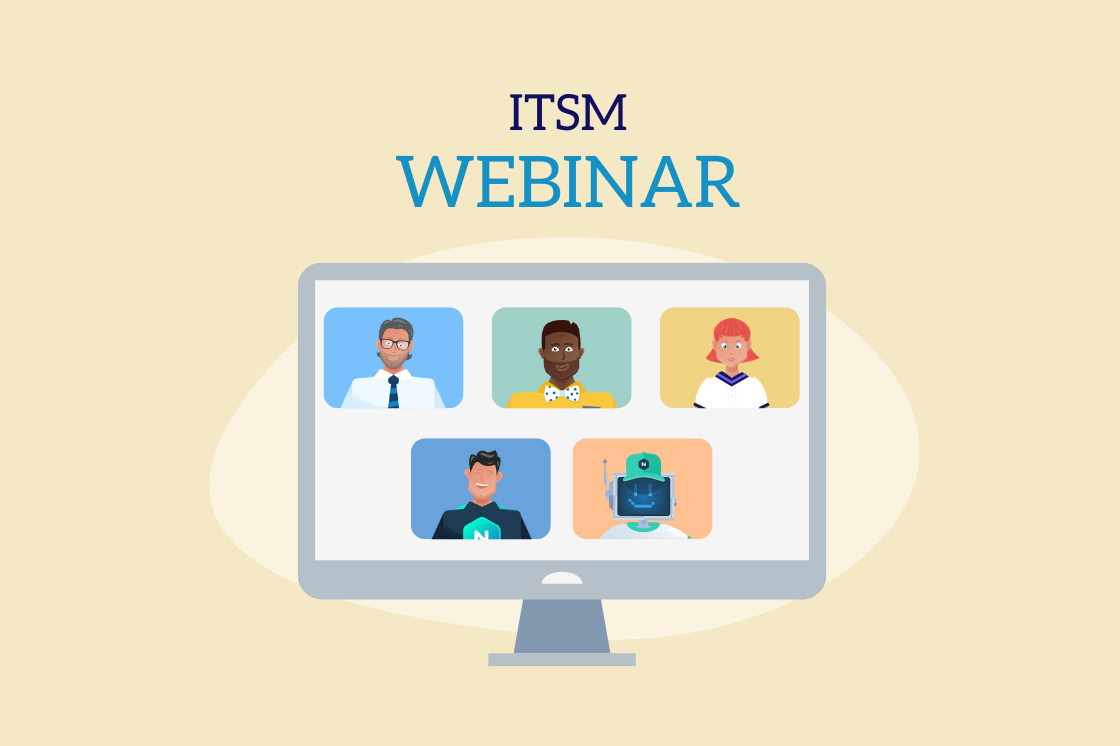Five things you can do to improve business process adoption
In this Process Management Minute, David will outline five things you can do to improve the adoption of your business processes.
Have you ever had trouble getting adoption for a Business Process? Here are five things you can do to improve your chances of success.
You're about to roll out a new business process, but all you hear from the organization is:
- "I don't understand why we are doing this."
- The current process is just fine."
- "I'm overloaded and too busy to deal with this right now."
- "How is this going to affect my job?"
If that's the case, you wouldn't be alone. Dealing with "resistance to change" is a common issue for project managers, product managers, or anyone involved in process implementation.
In fact, for every complaint you hear, there is probably an equal number of people keeping their complaints to themselves.
Don't make the mistake of ignoring this as "typical grumbling" or figuring "they'll get over it."
This resistance is an accurate representation of people's concerns and fears. It's your job to alleviate these concerns before, during, and after process implementation.
One of the best ways to address this resistance is through Organizational Change Management (OCM) best practices.
Why is this important?
According to a study by McKinsey & Company, around 70% of change programs fail to achieve their intended goals. Another study by Harvard Business Review found that only 54% of the process implementations were considered successful.
A lack of OCM is a crucial reason for these failures.
Here are five steps to improve the adoption of business processes. Let's get into it!
- Communicate: Make the importance of the process and its benefits clear. This begins with an assessment of the curret state.
Talk to people to learn what they like or dislike with the existing process. Show empathy and explain how the new process will improve their work experience. It's crucial to maintain open communication channels throughout the development, implementation, and ongoing execution of any process. - Involve: Make sure you involve the stakeholders in the development of the process. Nobody understands the process better than those living it every day. Their feedback and guidance during process development are essential. Their participation in business process modeling will also improve buy-in once the new process goes live. Check out this webinar on Best Practices in Process Design and Documentation.
- Simplify: To increase business process adoption rates, it is essential to simplify and automate every step of the process. To ensure maximum efficiency, utilize lean process improvement techniques. Follow that by gathering automation requirements through user story mapping and technical requirements gathering. Use these requirements to drive your business process automation.
- Training: Make sure to train new and existing employees on the process. This training should include the rationale, how to perform the process, and any workflow automation platforms used in its execution. This training institutionalizes the process and helps ensure everyone is on the same page.
- Governance: Processes left unattended will degrade over time. To ensure the process adapts to changing needs, you need to do the following:
- Assign a process owner responsible for the overall governance and continual process improvement.
- Develop metrics, controls, and policies to measure process execution.
- Regularly review the process and search for opportunities to make improvements to both the process and workflow autimation.
Remember, a lot more goes into implementing a process than creating a flowchart. It's crucial to take the time to Involve others before, during, and after the implementation to improve your chances of success!


